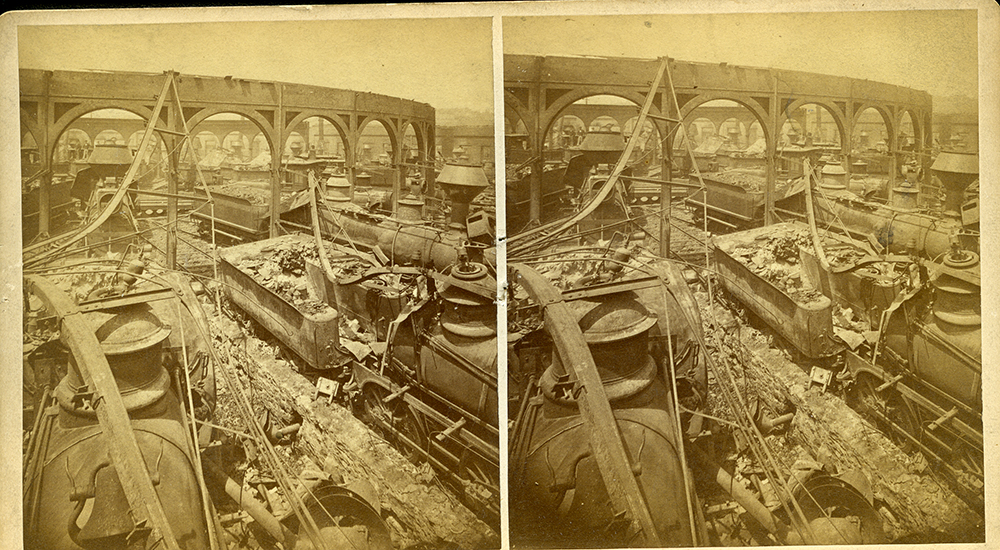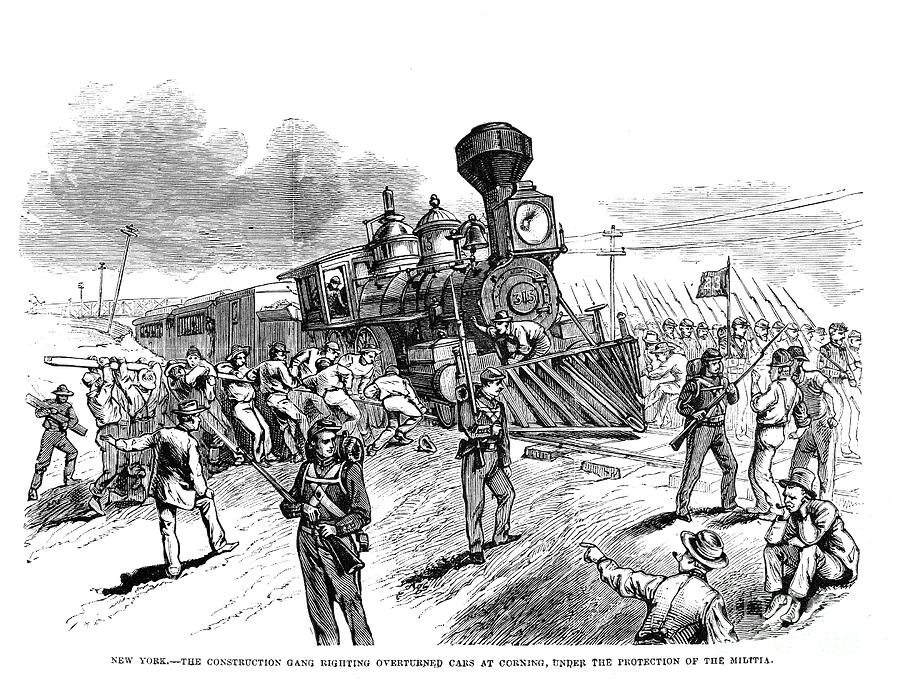

Seeing a large bank fail created panic as people rushed to withdraw their savings. In 1873, when a major railroad financier, Jay Cooke & Company, declared bankruptcy, it set off a chain reaction in the US economy. The first attempt to make a national union was short-lived. Crispin were incredibly wary of machinery that they feared would make their jobs obsolete and tried to insist that only union members could operate them. These unions were often anti-technology as it related to their jobs. Members of the Knights of Labor were “baptized” into the organization and swore a sacred oath to “rescue the toiler from the grasp of the selfish.” They had names like the United Sons of Vulcan (representing puddlers, or people who worked with pig iron) or the Order of the Knights of St. These were often idiosyncratic groups that looked more like secret societies or social clubs. Industrialization begins to change that after the Civil War, as workers find themselves and their work reorganized factory production,” John Lloyd, Ph.D., and professor of history at Cal Poly Pomona, tells Teen Vogue. “They were primarily skilled laborers, primarily white, native-born men, and kind of organized along old guild lines. The unions that arose in the wake of Commonwealth were craft-based, meaning that members performed a specific task in a specific industry. Hunt that unions were legal and that peaceful tactics such as strikes were legal too. Until 1842, workers who tried these tactics could be charged with criminal conspiracy, but that year the Massachusetts Supreme Court established in Commonwealth v. As the economy industrialized and workplaces scaled up, workers sometimes tried to come together to collectively demand better wages and shorter working hours. In the 19th century, labor unions occupied a very precarious place in US society. The strikes of 1877 were a pivotal moment, both for workers and for capital. They were joined by workers in a host of different industries, many out of sympathy, anger with the railroads, or a sense of class solidarity.
Great railroad strike series#
Years of pay cuts, weak labor protections, and ruthless exploitation by their employers led them to walk off their jobs in a series of strikes across the country. In 1877, railroad workers were fighting for labor justice too. Labor activism and the railways are inextricably linked in US history. As it turns out, workers in the railroad sector have been seeking labor justice through arbitration and negotiation for more than a century. To try and head off a filibuster, which requires 60 votes, Democrats needed Republican votes and the Senate passed a bill forcing a contract while rejecting a separate measure to guarantee paid sick leave. Railroads are so vital to the economy that Congress has the legal authority through the Railway Labor Act to force the unions to accept a deal. Even after the Biden administration intervened this summer to negotiate a deal, a number of unions rejected it because paid sick leave was still being withheld.

Workers in different unions threatened to strike, which would disrupt already fragile supply chains. Then the COVID-19 pandemic made a bad situation untenable.


Railroad workers have long been frustrated by the absence of decent sick leave. media has closely covered a topic it usually pays relatively little attention to - railroad unions.


 0 kommentar(er)
0 kommentar(er)
